A Perfect Home in a Wasted Wasteland
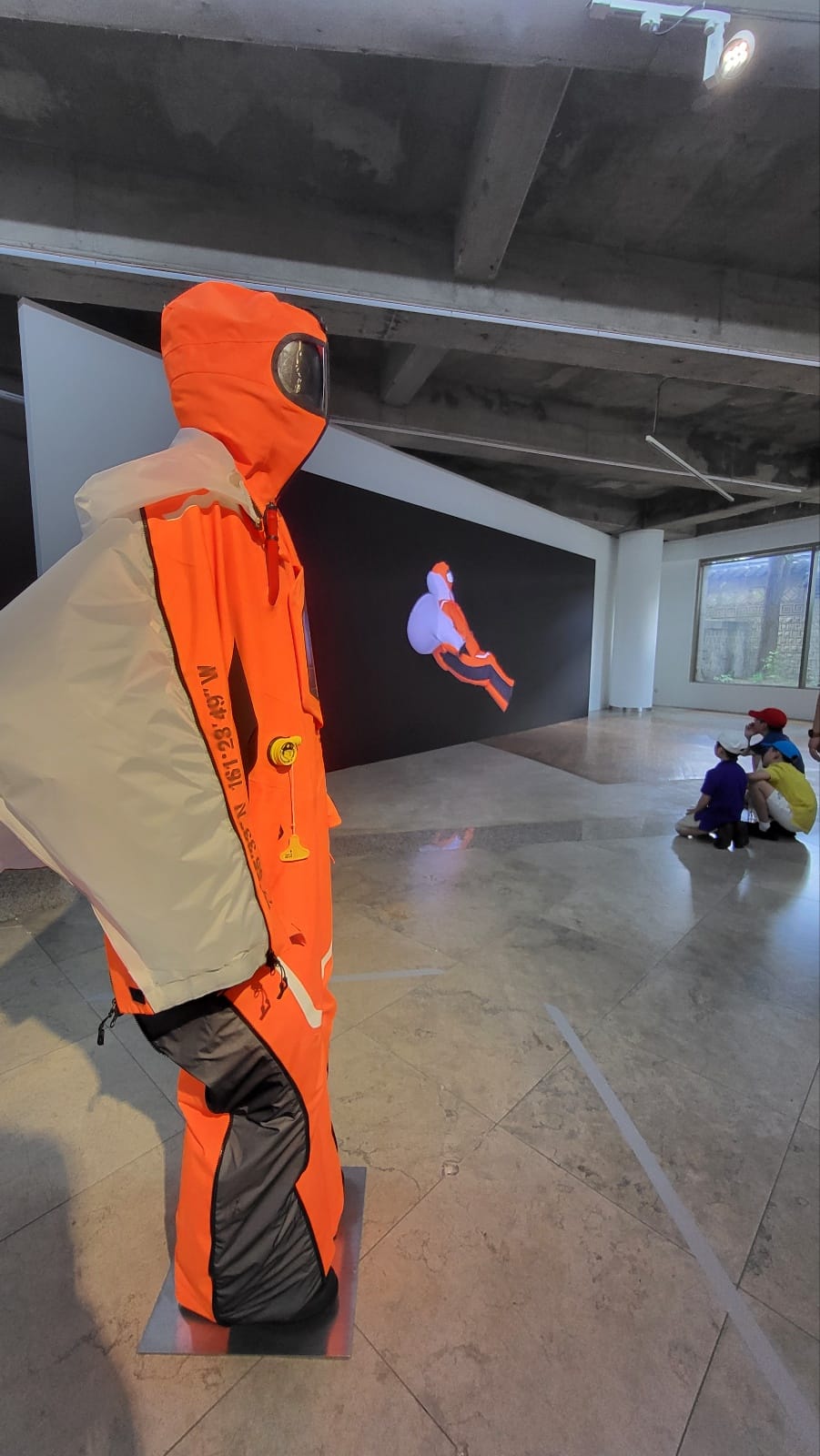
Striding along Northern Seoul was a taxing, physical challenge. I passed through a Hanok style Baskin Robbins, shops fit for a Joseon Prince, and trudged for 30 minutes in stifling conditions. It was also a prelude to the intellectual and emotional journey awaiting me at the Sonje Art Centre. Relieved to see the objective of my misery, I noted that the gallery was a circular building. This somewhat resembles a Jurassic World laboratory and the Guggenheim Museum. A blast of cool air awaited my entry: Do Ho Suh’s Speculations had come alive.
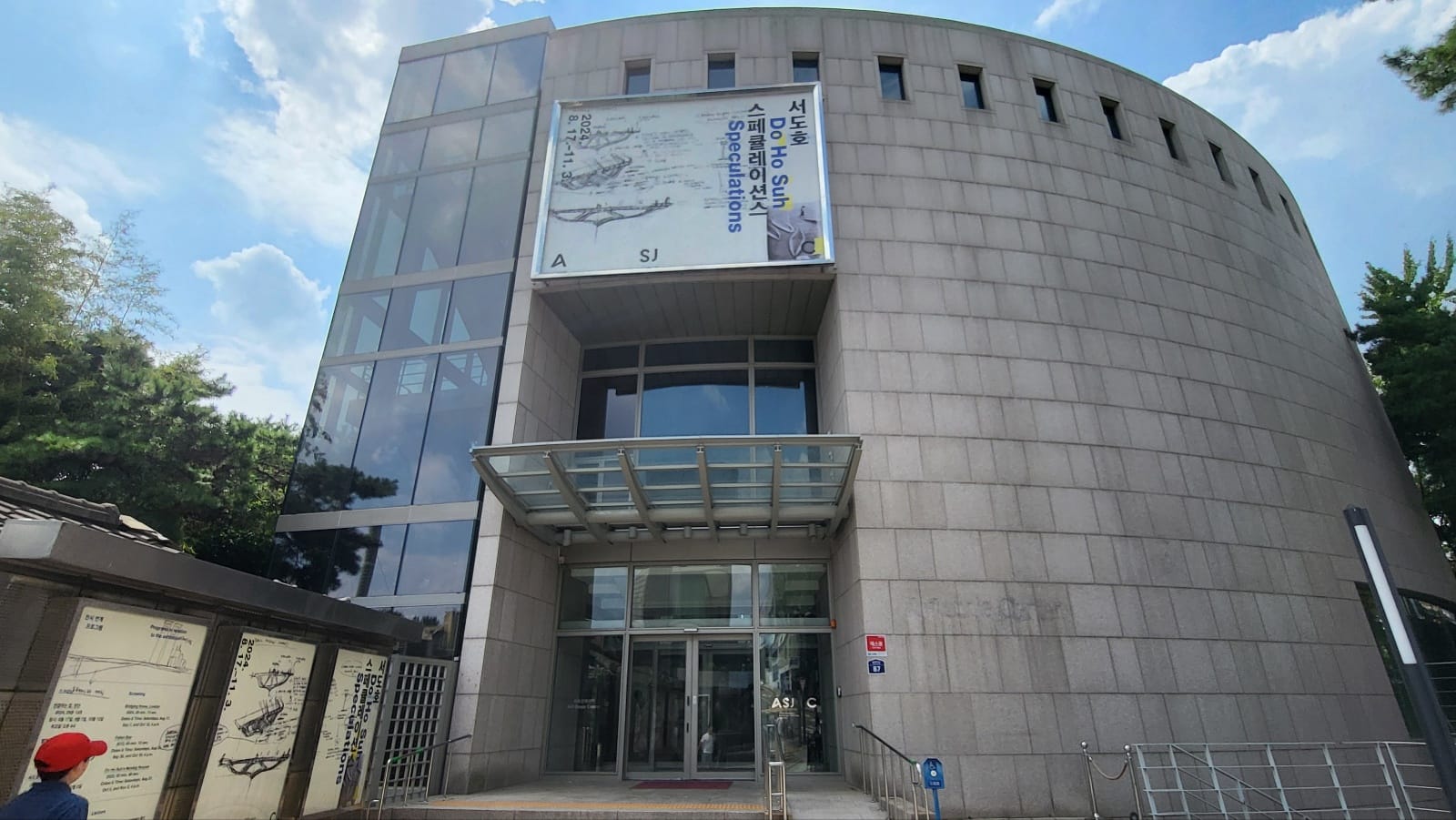
Visually, Suh’s works in MCA Sydney took up more space than Do Ho Suh: Speculations. Therefore, why had Suh chosen a lesser space for his works? It was in Sonje Art Centre that he had his solo debut in 2003. A sense of nostalgia thus circulates around the area. Upon entrance to the hall, the theme of a perfect home will unfold, a theme evident in the exhibition. Another floor up is a video prompting old buildings destined for demolition, exploring communities through the lens of shared housing complexes. For Suh, the notion of home is not just a memory or a structure but an adaptation to the forces of globalisation. Questioning what makes a home, I select either the physical walls, the people, or the memories they hold.
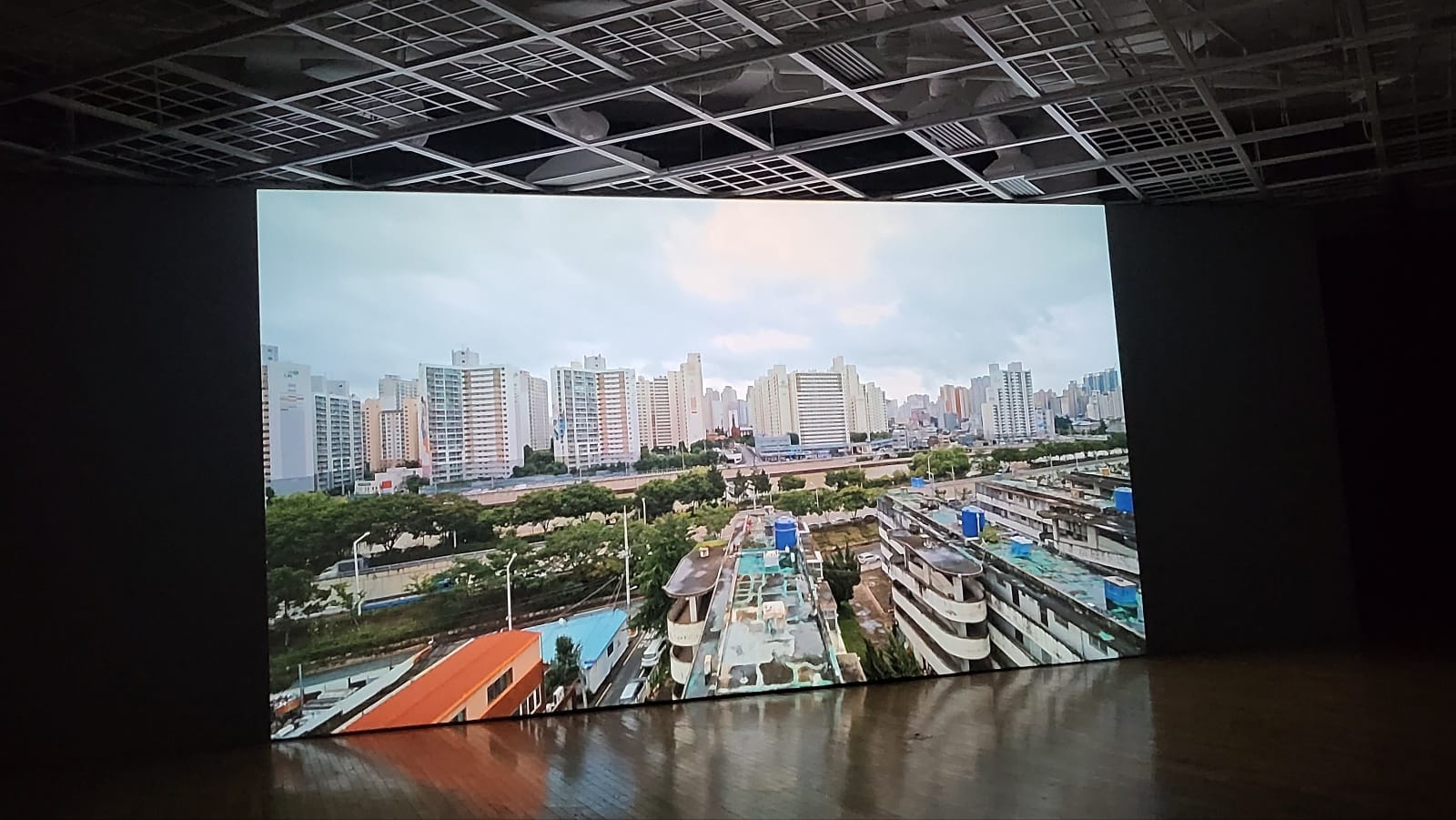
The concept of Do Ho Suh: Speculations (the artworks, films, and even the building) relied on the understanding of Suh. Born to a family of artists, he had a father who was a pivotal Korean ink painter. Do Ho Suh, however, rarely took up his chisel to the rock and instead his sew was in need of repair. He also specialises in most forms of art and works in various purposes. It helped that I took a visit to the Museum of Contemporary Art in Sydney when Do Ho Suh was held. The last exhibit was unique to small details, with the Hub series, Staircase III, and Rubbing/Loving Project. Instead, Do Ho Suh: Speculations is based on social contemplation, a Kolon Sport sponsored survival suit and an extraordinary truck resonating with me.
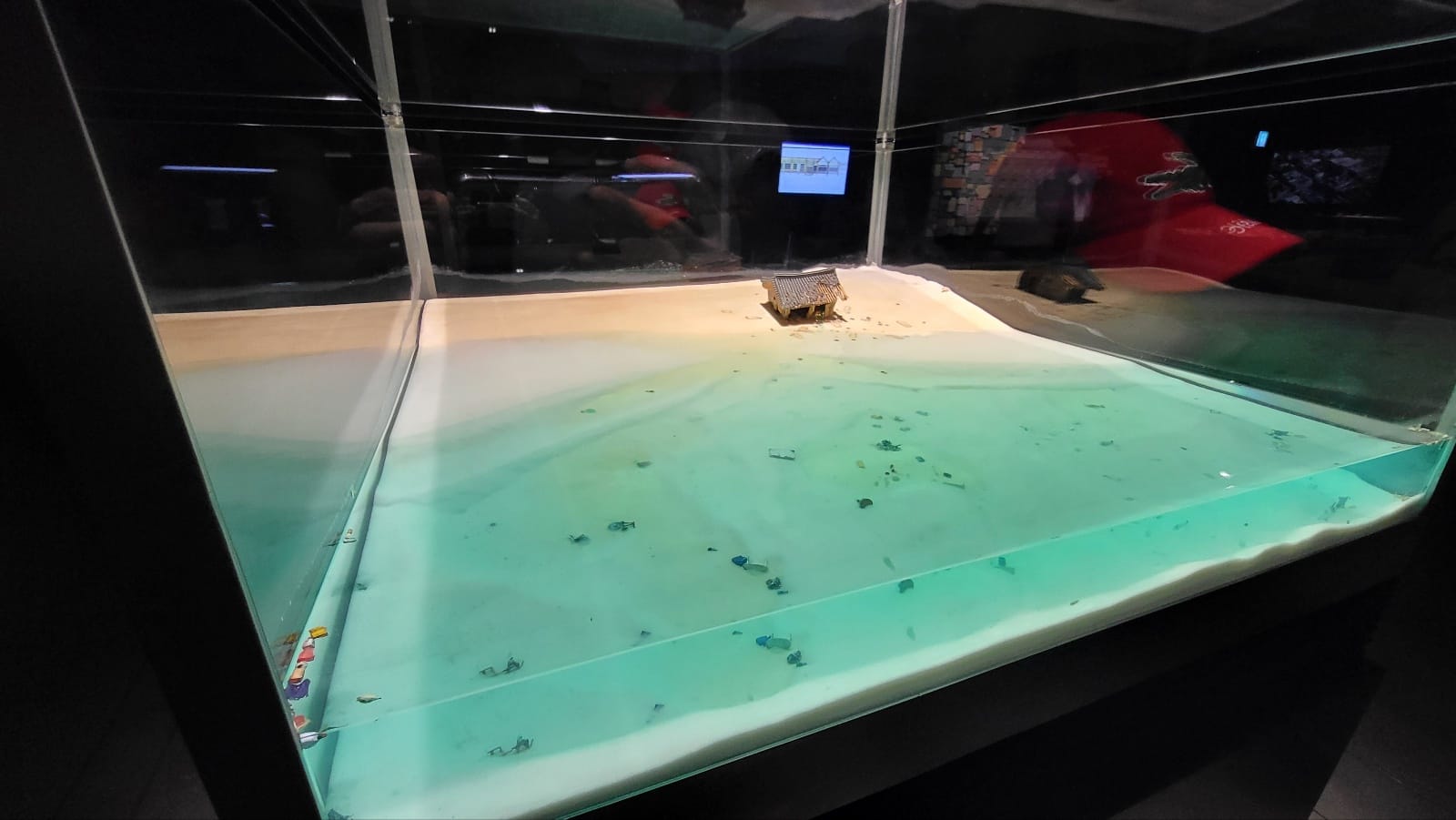
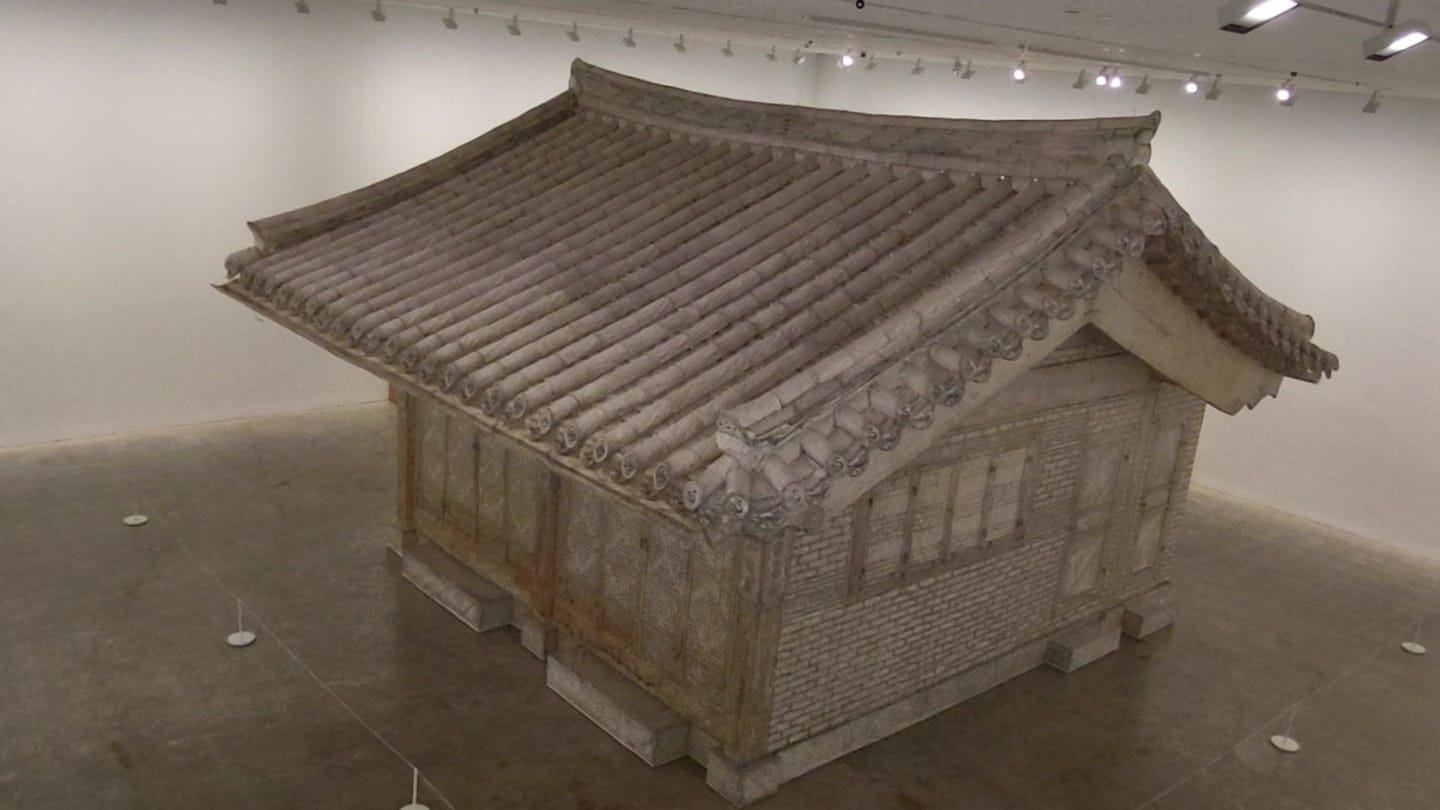
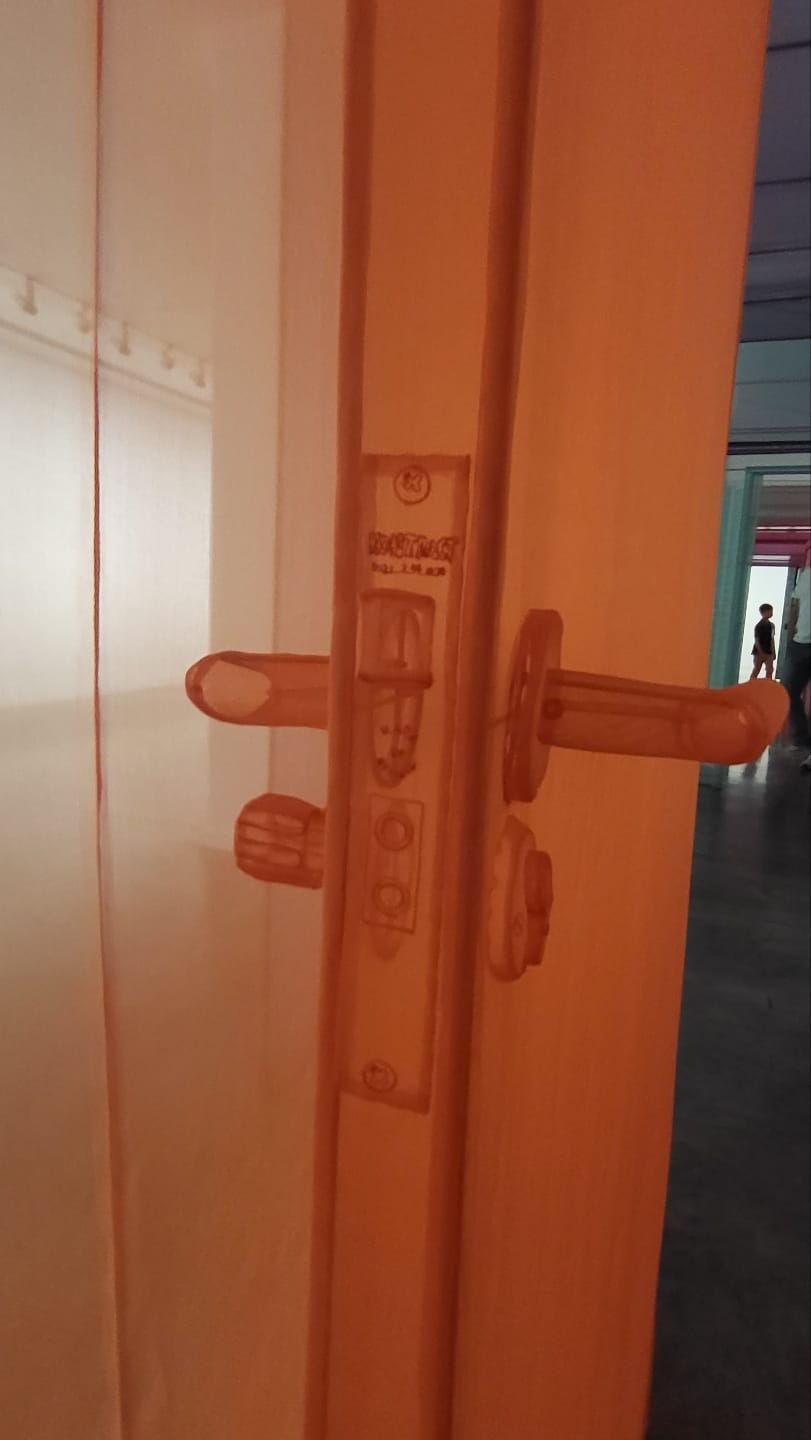
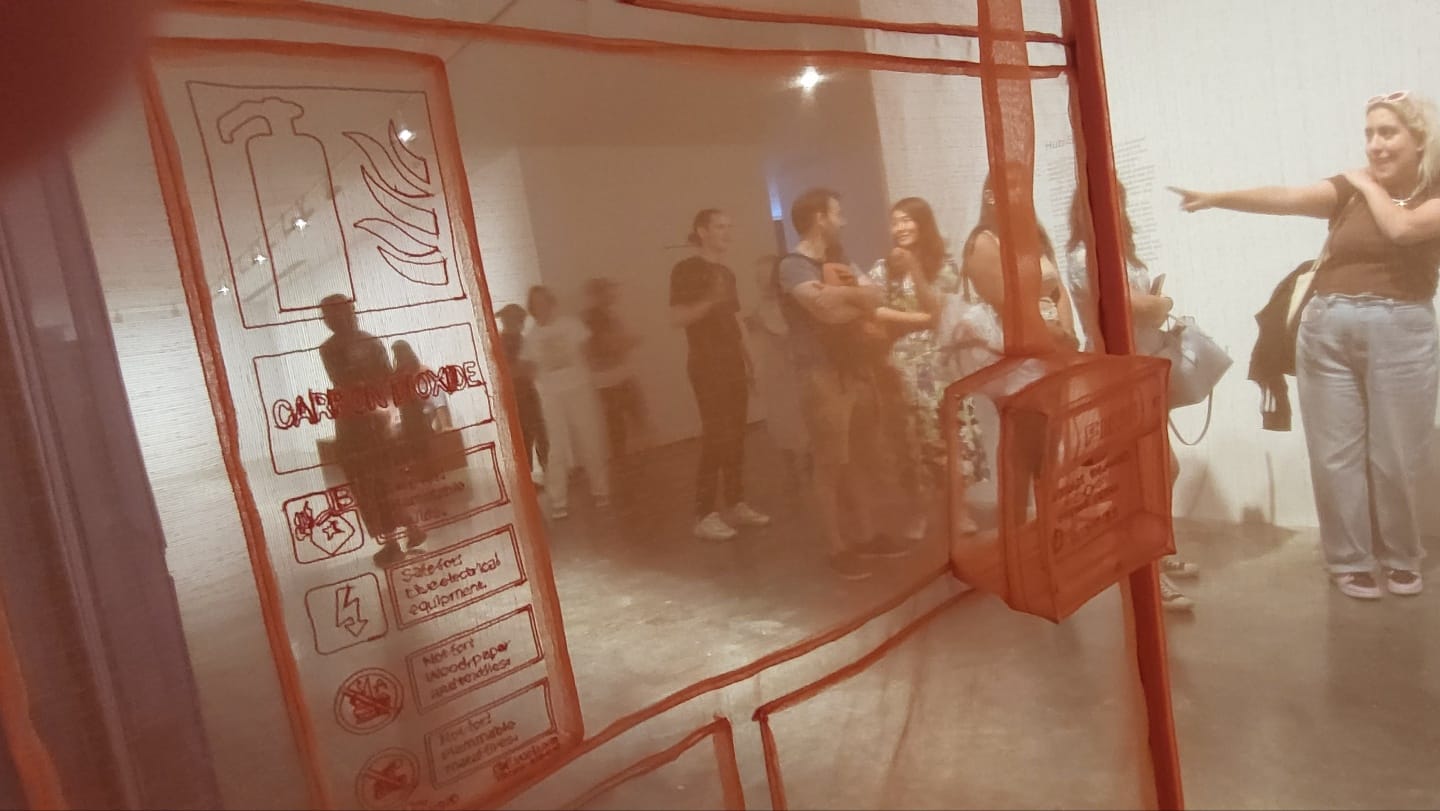
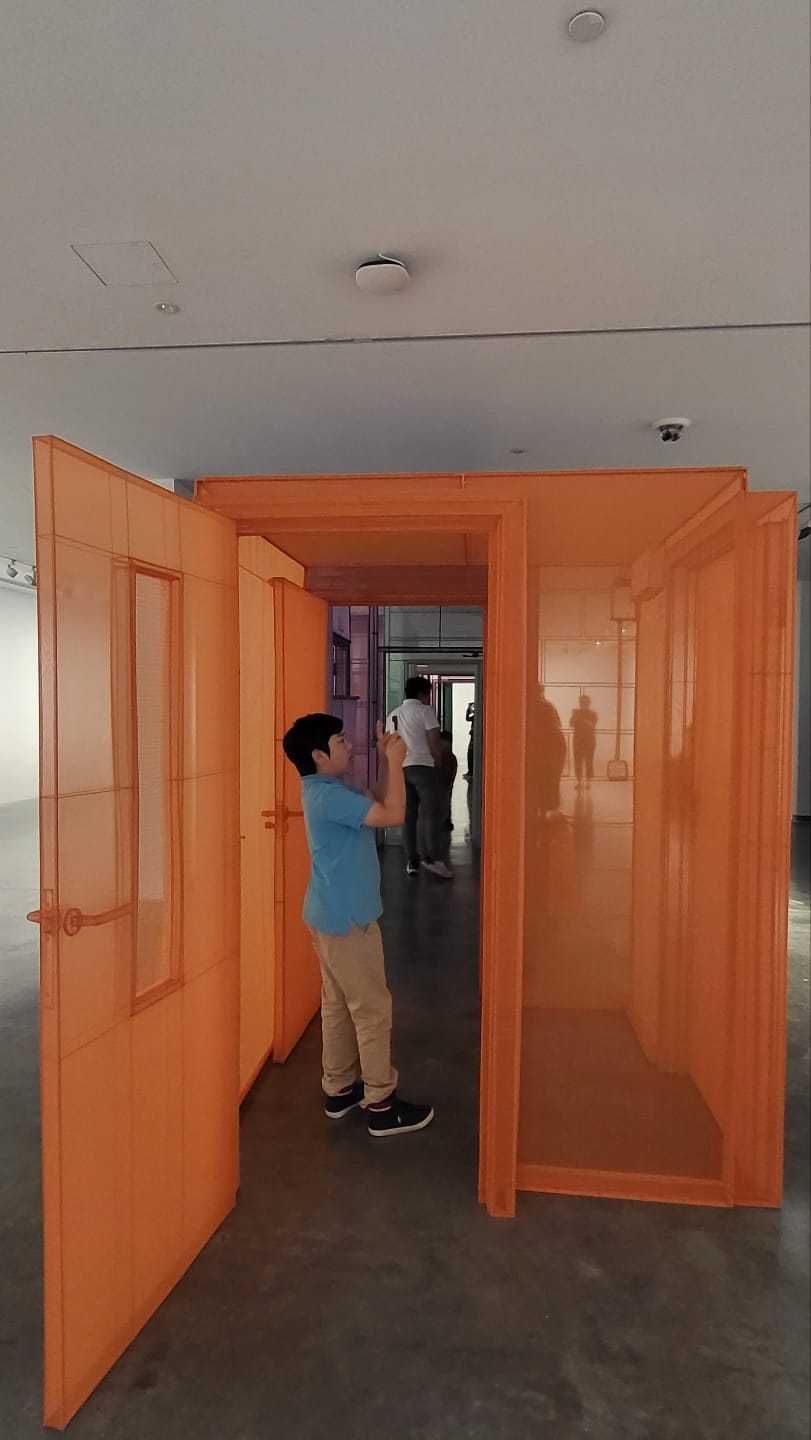
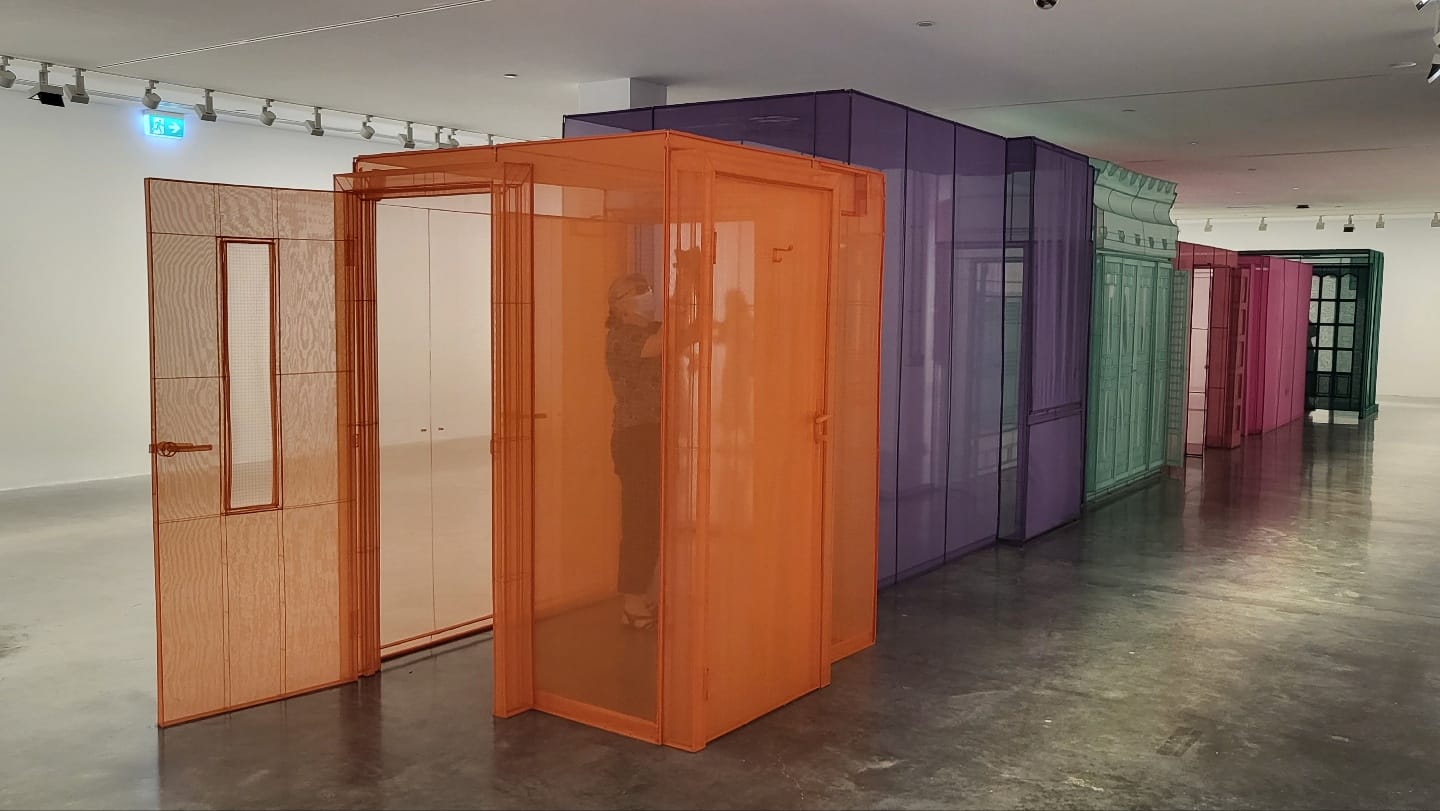
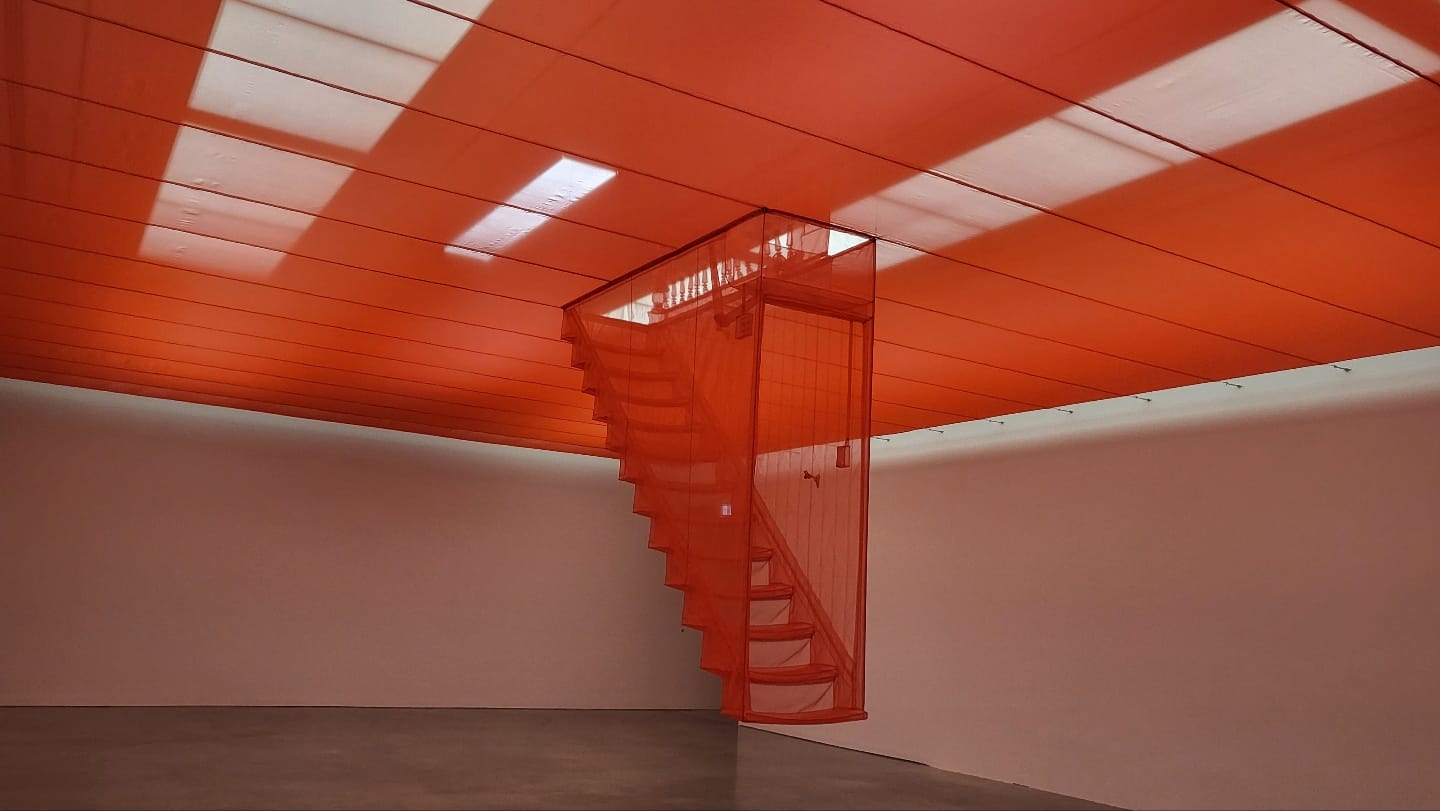
The works in MCA Sydney was focused on small details, including Rubbing/Loving Project, the Hub Series, and Staircase III.
Suh’s perspective of a home varies greatly to the commoner's mind: a suit and the Arctic. Suh owns homes in Seoul, New York, and London. He imagines planting the houses midpoint in the Beaufort Sea. The distance from Seoul to New York to London is therefore the same while experiencing a new way to travel. A ferris wheel is situated next to the perfect home containing Suh's favourite food and shops. To survive in such harsh, freezing terrain, Suh worked with KOLON Sport to create a specialised survival suit. This suit, resembling an orange biohazard outfit, can sustain a person for a week in extreme cold. It supports sustainability with solar power, whistles, a heating system, and an easy-to-use zipper. The suit can even convert into a boat (by sensors or manually) and send an SOS signal, emulating the emergency raft from Indiana Jones. In Suh’s vision of the future, the survival suit becomes an unprecedented home - one that not only provides shelter but also protects and adapts to the world around it. This alters the idea of home from a fixed building to saviour.

An enviable garden and a Hanok house mounted on a metal Hot Wheels truck is neither a toy or a simple sculpture. Secret Garden celebrates the Korean courtyard space and reinforces the idea of a portable Perfect Home. The Hanok house is a recreation of his childhood memories: a house his father begged for. Nevertheless, Hanok houses fell out of fashion in the 1970s, so finding an architect for his dream house was near impossible. Suh’s father was close to giving up when he met a former Joseon Palace architect assuming the role of a handyman. The architect built the house out of robust, high-quality timber. The wood, used in the original palaces, was abandoned after the dismantling of the Joseon Palaces. However, unlike any other architect in the world, he never used nails, blueprints, and measurements tools, instead resorting to his sharp memory.
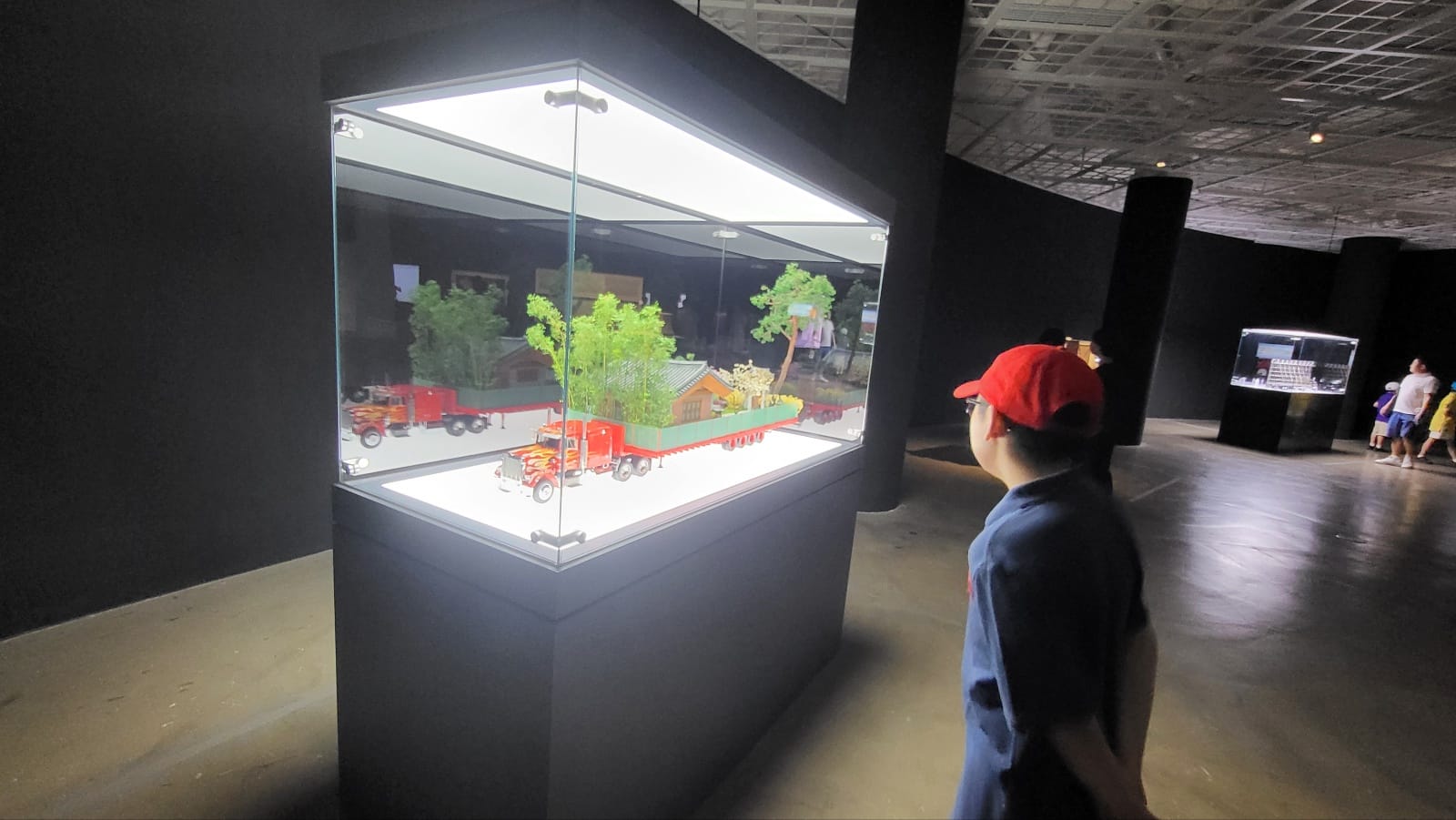
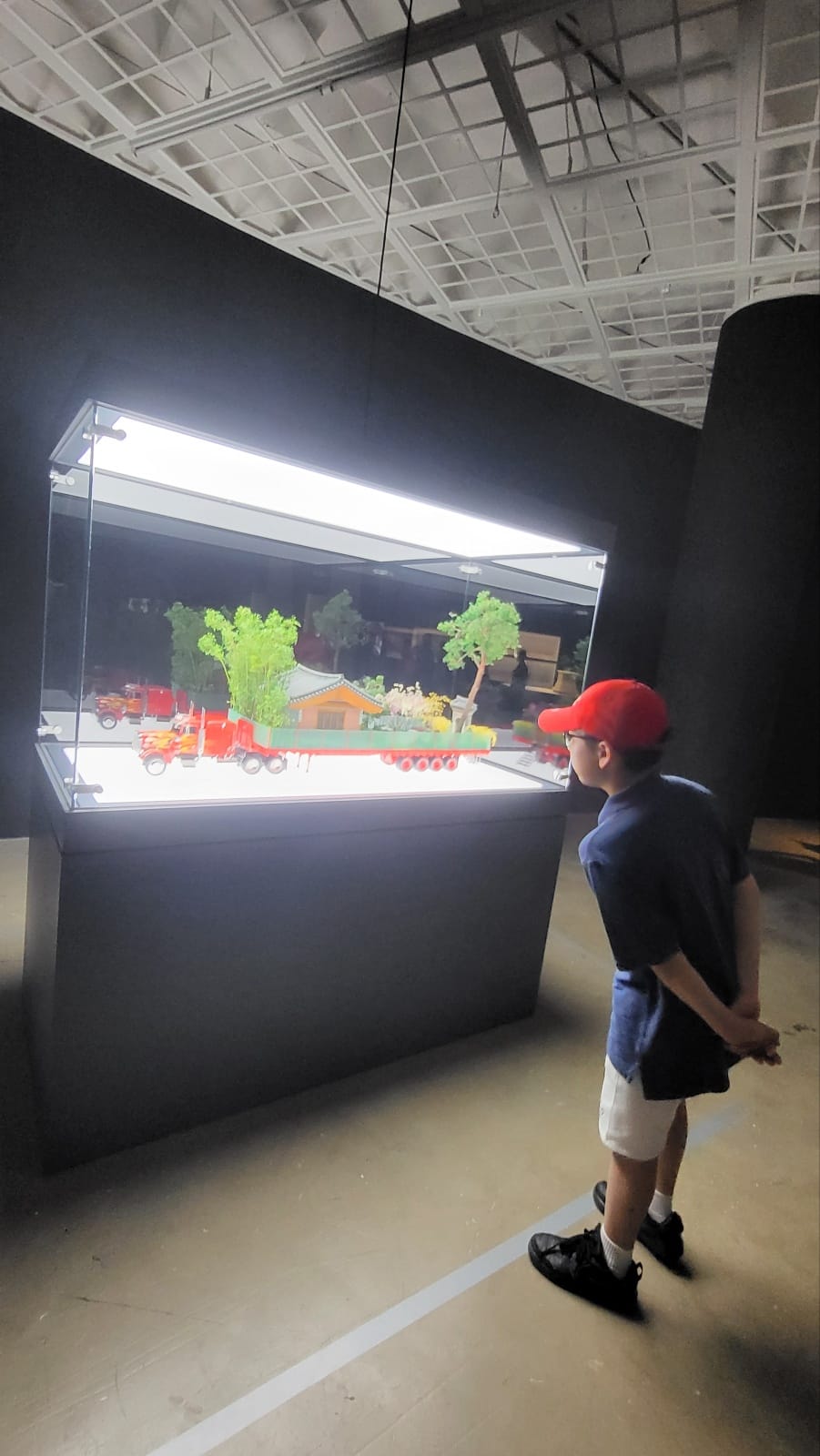
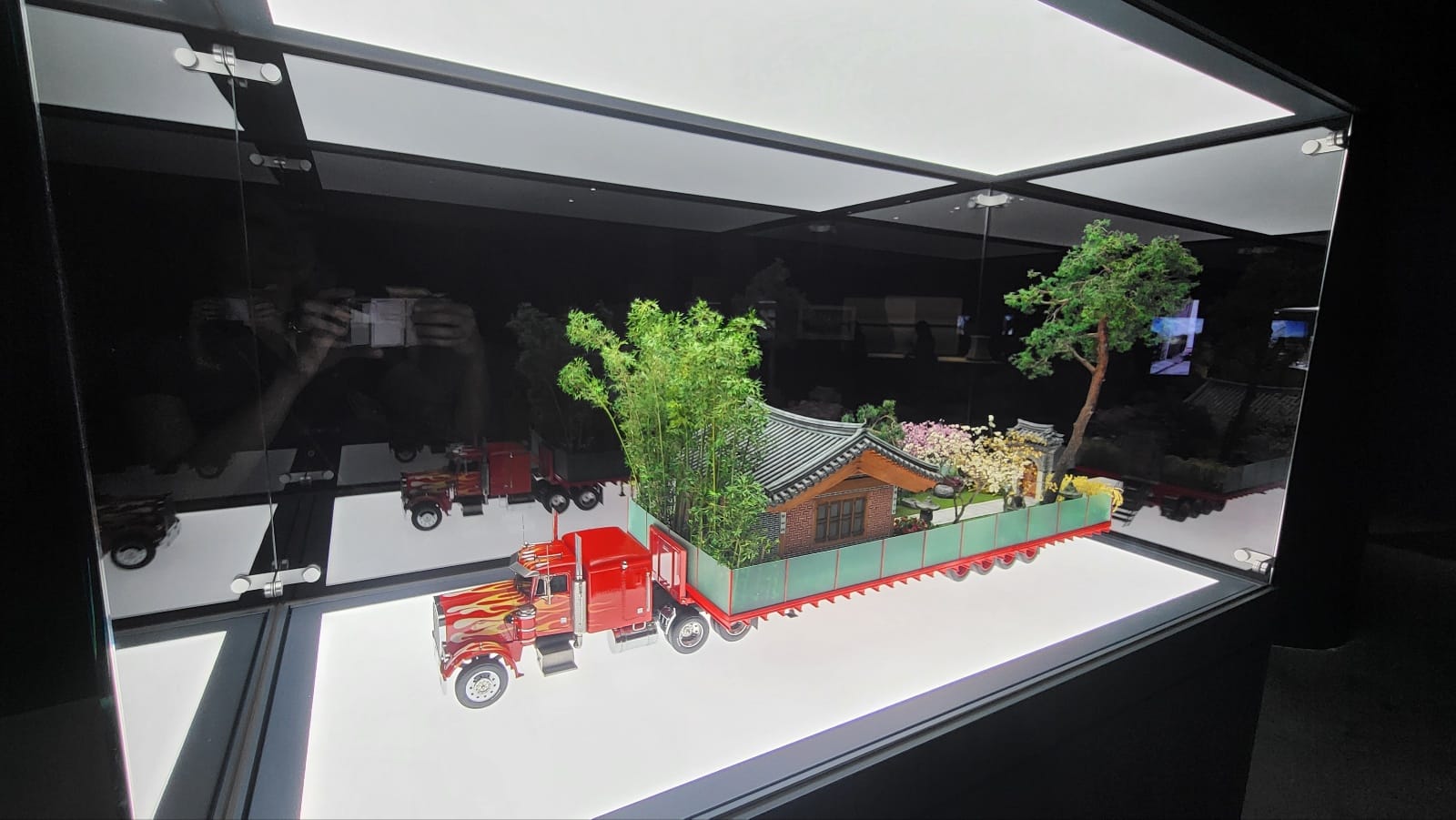
The Secret Garden work inspired by Suh's childhood memories.
In Do Ho Suh: Speculations, Do Ho Suh redefines home as both a feelings anchor and a livable space. From his father's dream house to survival suits and the Arctic, Suh's work at the Sonje Art Centre explores the evolution of home in uncertain and disappeared scenarios. It pushes us to question whether home is something we build or something we shape into. It is no longer a static sanctuary but a big journey of its own in a changing world.
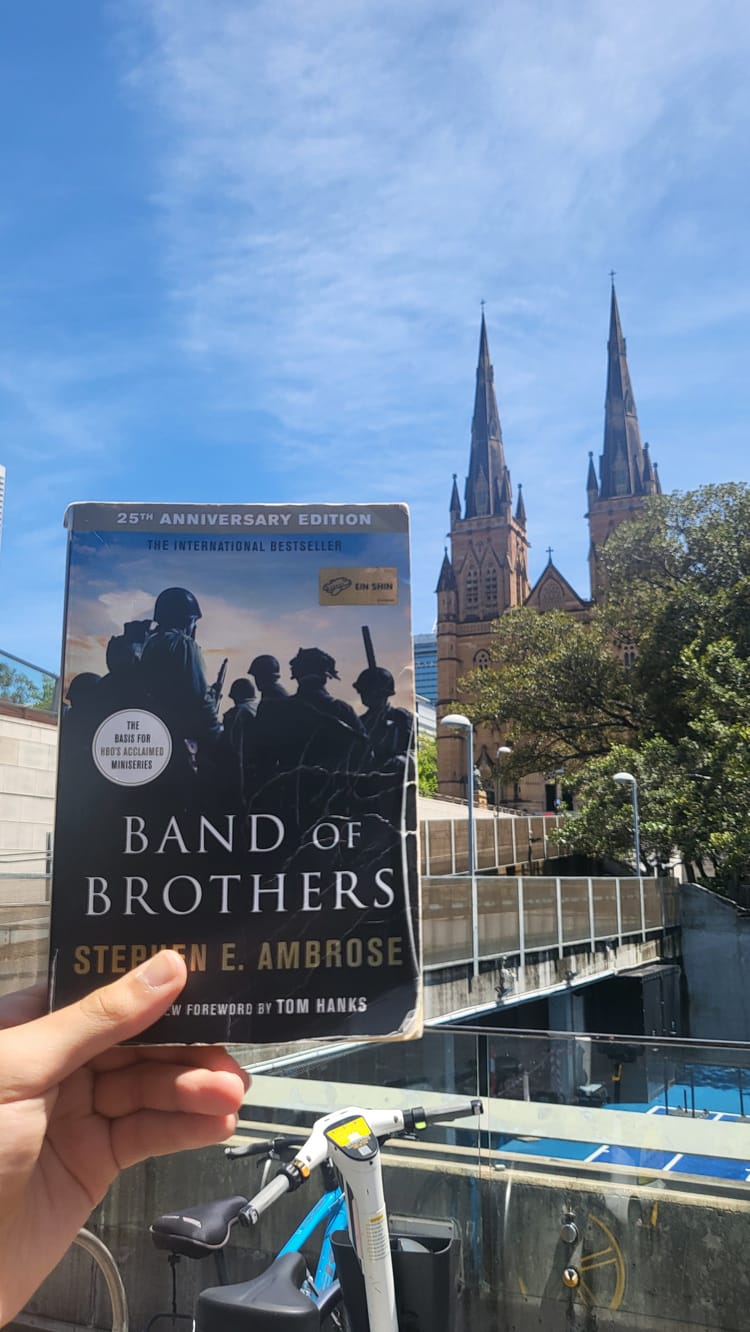
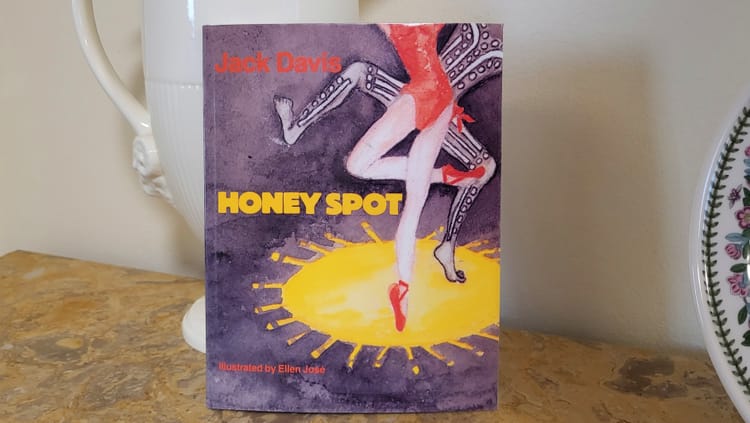
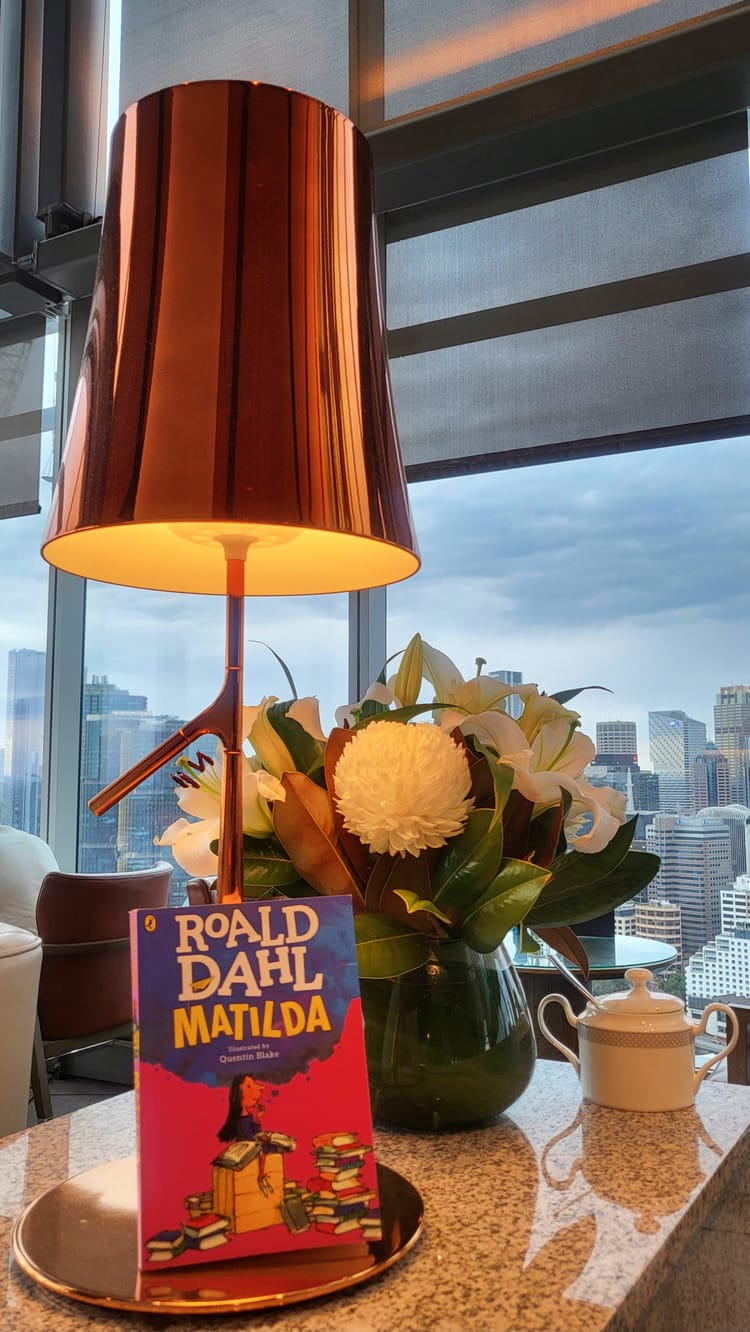
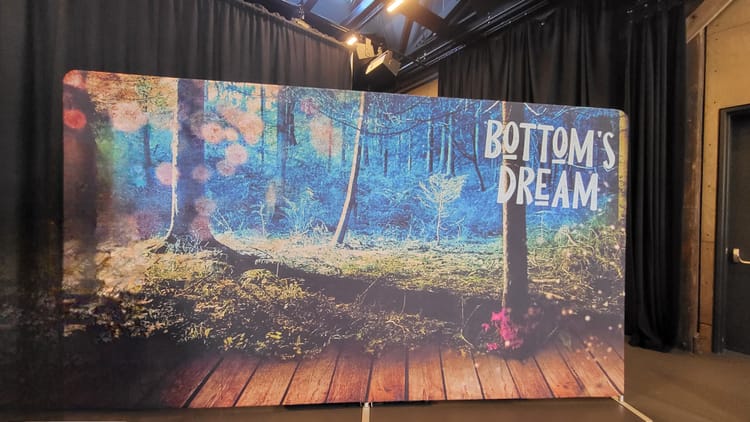

Member discussion